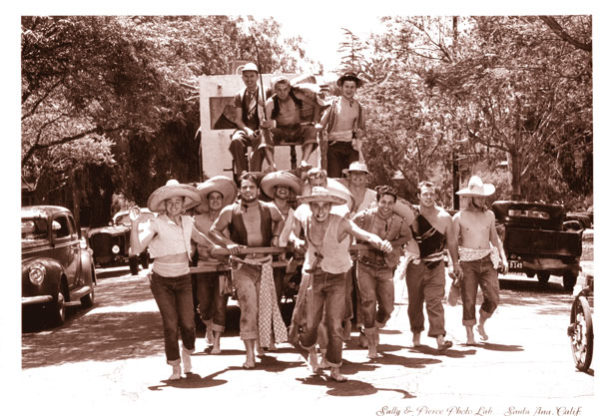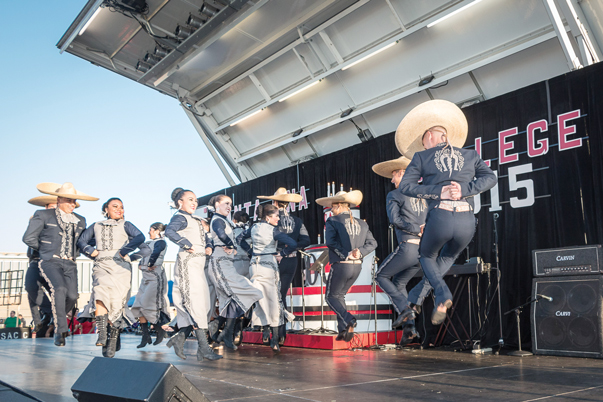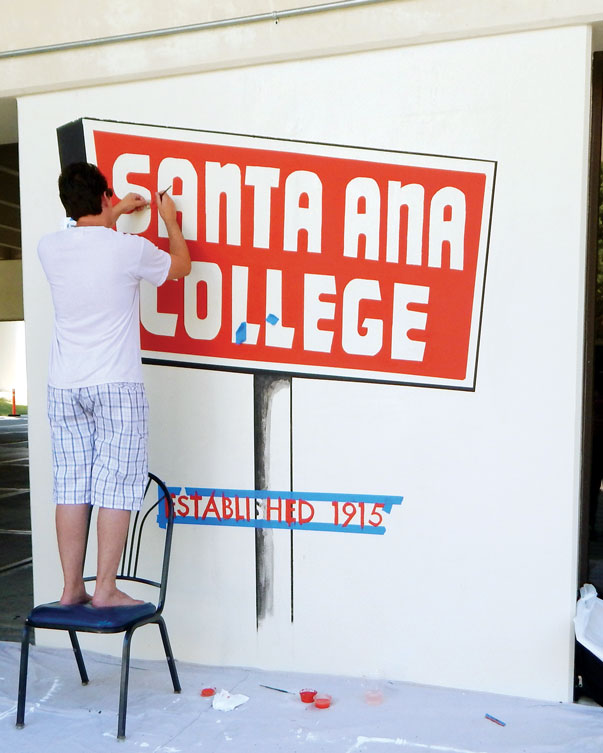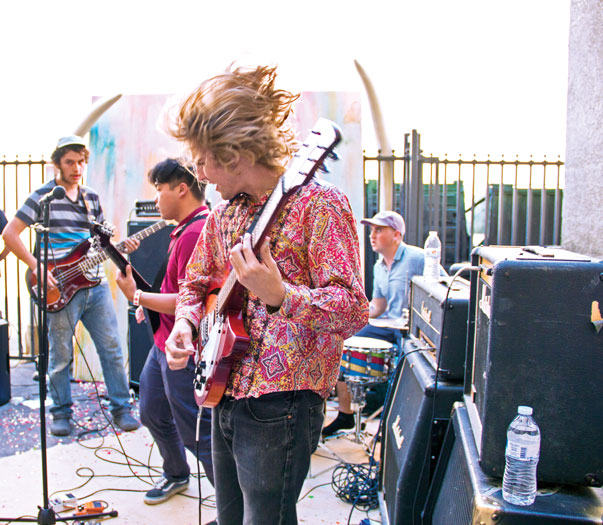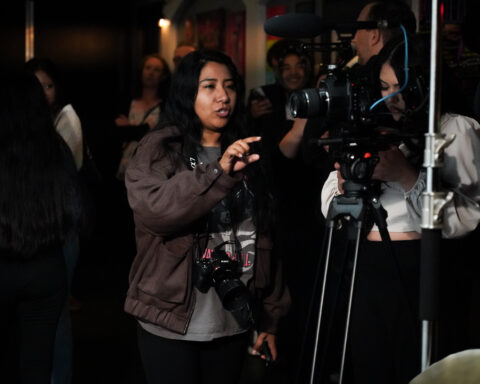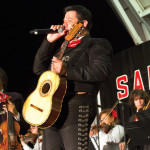Once occupying a tiny building within Santa Ana High School, the college has grown and evolved from its modest 25-strong student body to educate at least 30,000 a semester.
By Joanna Meza
Santa Ana College in the Beginning
Santa Ana Junior College opened its doors100 years ago as a department of Santa Ana High School, a seedling in one of California’s fastest growing counties. About 25 students and 11 professors occupied a building flanking the east side of the campus then known as Polytechnic High School. Seven would graduate two years later as World War I loomed. Propelled by an agricultural economy that grew citrus, beans and celery in fields alongside vineyards between Warner and Bristol streets, the college was about to grow. The city, founded on mustard fields that initially covered 24 acres with about 10 lots each, now had electric trolleys rolling by the college, along with a vibrant cultural scene highlighted by an opera house and busy streets rumbling with automobiles and horse-drawn buggies.
WWI
The state’s fourth-oldest junior college and the county’s second after Fullerton College encountered growing pains, enduring a near-closure in 1919 as the U.S. dealt with the aftermath of joining World War I. But in 1922, SAC would get a boost from the community, cementing a lifelong symbiotic relationship, when residents voted to create the Santa Ana Community College District. Enrollment would double and at times triple, reaching a record 985 students in 1933. That same year, an incident out of anyone’s control would force SAC to move out from under the auspices of the high school when the magnitude 6.3 Long Beach earthquake and a series of aftershocks rumbled through the southland. SAC’s building was among the worst hit. Classes were suspended for two weeks. Eventually, the east building was condemned and then demolished.
[quote] “We started as a used garment and are now adding … valueless additions in the form of bungalows and
scattered small buildings.” — Dana King Hammond, 1938 [/quote]
World War II
Under college director Dana King Hammond, the campus community moved to an aging brick building on Main and 10th streets, aptly named College Hall, where the Orange County Probation offices stand today. In 1938, College Hall barely fit 800 enrolled students. Recognizing the need for new facilities, Hammond lobbied the district trustees to purchase a larger and newer campus. Another momentous world event put those plans on hold, as Germany’s Adolf Hitler caused Europe to cower under the Nazi’s punishing blitzkrieg. Close to Christmas break in 1941, Imperial Japanese planes bombarded Pearl Harbor, drawing the U.S. into the WWII. In 1942, more than 20 students were forced to leave the college after President Franklin D. Roosevelt ordered the internment of thousands of Japanese-American citizens. Five years later, SAC moved to its current location on Bristol and 17th streets, where the campus took over the former barracks of the Santa Ana Army Air Base and the conversion provided the college a library, an administrative building and classrooms.
[quote]“I remember saying, ‘Why are they moving [the campus] all the way out there, 17th and Bristol?’ It seemed like a hundred miles away.” — Dana King[/quote]
Present
President Erlinda Martinez and district trustees buried a time capsule in February containing patches and medals worn by fire tech and criminal justice students, copies of the el Don, and an iPod Touch with a recorded interview of college officials. During her tenure, which began in 2005, Martinez has overseen the campus reunification project, including construction of the Digital Media Center on Bristol Street and Edinger Avenue, retrofitting the D-Building, constructing a state-of-the-art soccer field and adding a new child development center. This followed a voter-approved $198 million general obligation bond to finance renovation, construction and repair of the main campus. Today, SAC is among 15 California junior colleges allowed to offer four-year bachelor’s degrees as early as 2016. The Santa Ana College Foundation, which Martinez helped create, reached a milestone with 108 scholarships for its “100 for 100 program” this year.
- Here’s what’s inside el Don’s 2025 spring issue - May 28, 2025
- Ash’s Opinions – Column – ACP Entry - May 22, 2025
- Nico’s Film Notes – 1G Column – ACP Entry - May 22, 2025


